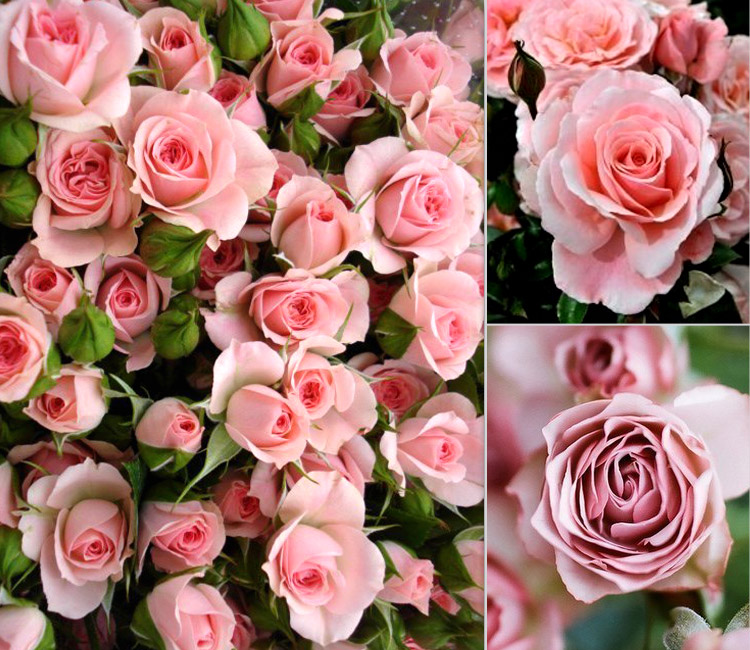
Origin Of The Rose – PART II
In addition to being a symbol of love, the rose is also symbolic carrier of secrets or tacit understanding. The term “sub rosa” means under the rose and comes from the practice of Romans hanging roses above meeting tables. Here it was understood that anything said at this table, beneath the hanging roses, was forbidden to be repeated elsewhere.
In alchemical texts and art, a rose with seven petals is a symbol of inclusion, universal understanding and order, Presumably, because in Pythagorean numerology the number seven is iconic of the perfection in the specific unfolding of the universe as well as human understanding.
Seeking symbolic meaning of the rose from an esoteric perspective, we can look at the Tarot, in which the rose is considered a symbol of balance. Here the beauty of the rose expresses promise, new beginnings and hope. This beauty is contrasted with its thorns which represent defense, physicality, loss, thoughtlessness. The rose is seen in the major archana as: Magician, Strength, Death and Fool cards. All of these cards hold strong meanings of balance and equilibrium.
Different colored Roses also have different meanings, Such as:
- The Yellow Rose: Joy, Protection against envious lovers, Mature love
- The White Rose: Purity, Sanctity, Secret admirer, Mysticism
- The Red Rose: Sacrifice, Immortal love, Health, Memorial, Passion
- The Pink Rose: First love, Innocence, Healing
The use of the rose as a symbol of sovereignty and power has been given special use even in modern times. The rose, by virtue of its beauty, shape and scent, has become the most commonly used floral symbol. To gaze at the heart of a rose is to contemplate the truest living Mandela. To look on this mystic centre is to be in the presence of holiness. A symbol cherished by our ancestors that has been handed down over millennia yet has power to move our spirits.
In the words of T.S. Eliot, the famous Victorian poet, “Only in time can the moment in the rose garden… Be remembered, involved with past and future. Only through time, time is conquered.”
References:








